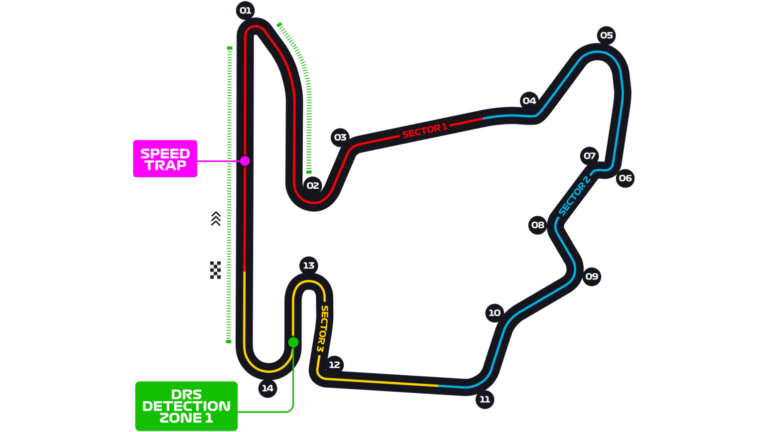Hungarian Grand Prix
History
The Hungaroring, home to the Hungarian Grand Prix, stands as a globally acclaimed motorsport venue located in Mogyoród, Hungary. Recognized for its historic and iconic design, this permanent circuit holds a revered position in the annals of Formula One history. The Hungarian Grand Prix traces its roots back to 21 June 1936, when it debuted over a 5-kilometre (3.1-mile) track laid out in Népliget, a park in Budapest¹. However, political upheavals and the ensuing war halted Grand Prix motor racing in the country for half a century¹. A significant milestone occurred in 1986 when the Hungarian Grand Prix made history as the first Formula One race to be held behind the Iron Curtain¹. Staged at the twisty Hungaroring in Mogyoród, near Budapest, the race has since become a fixture on the racing calendar¹.

History
Spanning 4.381 km (2.722 miles), the circuit is celebrated for its combination of high-speed straights and a challenging sequence of turns, making it a demanding test of skill for drivers. The Hungaroring's layout includes a mix of technical corners and elevation changes, providing a technical challenge that requires precise car control and strategic maneuvering. The circuit's relatively narrow track width and limited overtaking opportunities place a premium on qualifying performance and race strategy.
